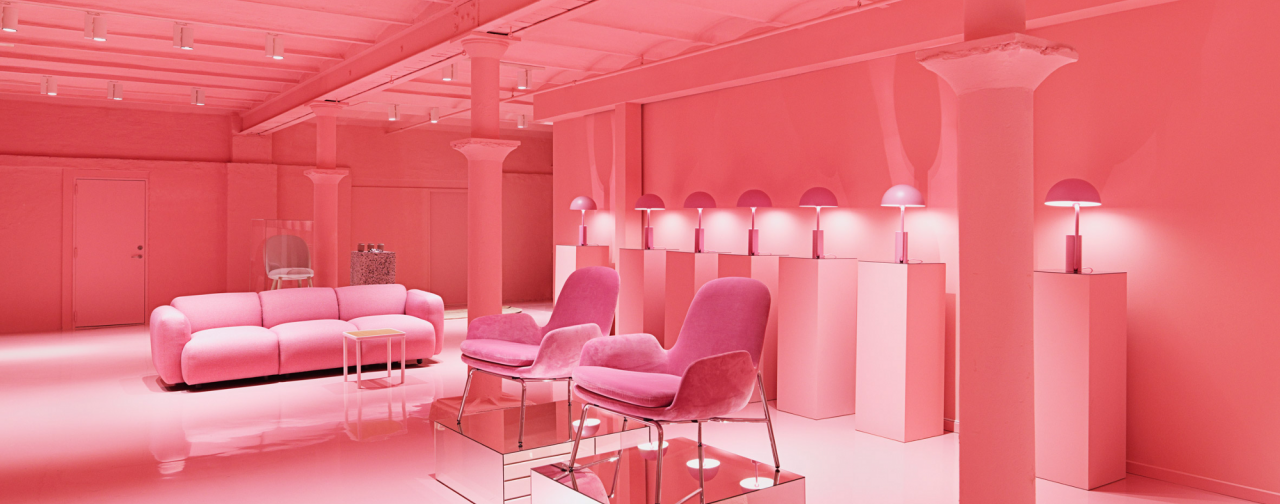Look & feel
When consumers shop for clothing, they judge the items of clothing both in a visual and tactile manner. This research shows that tactile evaluations (making an evaluation based on how the product feels) can be used as a peripheral cue in our decision process, which suggests that touch and the way something feels immediately influences us on an unconscious level. When a product doesn’t feel pleasant or doesn’t elicit a satisfactory feeling, the consumer may continue his search process elsewhere. Given that certain product characteristics such as softness, ruggedness, and weight can only be estimated correctly by touching the product, touch is, in this respect, a more important sense than vision. Once a product has drawn the attention of the consumer through its tactile characteristics, it is less likely that he will shift his attention to a competing product or brand. Products and items that feel pleasant are touched more often.
When (re)designing and fabricating products, designers should pay attention to the fact that tactile input can create preferences and form specific perceptions of the products for consumers. This also goes for larger elements, such as furniture, walls, fitting rooms etc. As with products, these should ideally be tested on the underlying message they convey to consumers. Studies indicate, for instance, that consumers are convinced that potato chips packaged in a bag that is hard to open (and thus are actually better wrapped) also taste “better”. Water also appears to taste “better” when it is served in a hard glass as opposed to a more fragile container.
Allowing consumers to touch products of a lower quality may have a negative impact on the product evaluations. On average, however, there are more advantages to having consumers touch products in a store, as stopping them from doing so may possibly diminish their buying intentions.
Jansson-Boyd, C. V. (2011). Touch matters: exploring the relationship between consumption and tactile interaction, Social Semiotics, 21(4), 531-546.
Colour versus texture
This research on the perception of interior wall finishes shows that colour has a greater impact on the visual perception of the “warmth” of materials that ruggedness and structure.
Practically, this means that a space with smooth walls looks colder than the same space with structured walls. In addition, materials with a smooth surface in a cool colour will be perceived as colder than materials with a smooth surface in a warm colour: the ruggedness and structure of a material influence how warm or cold a material is perceived to be, irrespective of the colour of the material.
With respect to the perception of colour, this research indicates that colours between the yellow and red spectre are perceived as warmer than those between the blue and yellow-green spectre. Darker and more chromatic shades are also perceived to be warmer. Achromatic colours (i.e., when you add complementary colours, you get achromatic colours such as white, grey or black) are perceived as rather cool.
On the field, unfortunately, it is not always desirable or possible to adapt the colour of a material. Based on the above, however, a designer wishing to alter the perception of warmth of a concrete wall without adding colour pigments or painting the surface could consider applying structure to the walls through different finishing techniques.
Wastiels, L., Schifferstein, H. N. J., Heylighen, A., & Wouters, I. (2012). Relating material experience to technical parameters: A case study on visual and tactile warmth perception of indoor wall materials. Building and Environment, 49(3), 359-367.
Haptic is practical
Research indicates that haptic information, in other words, information the consumer acquires by touching the product with his hands, is important in the evaluation of products that differ in terms of their material characteristics, such as texture, hardness, temperature and weight. The presence of haptic information differs across products, consumers and situations. Hindering the ability to touch a product, for instance through the use of a display, may impede the use of haptic information, which may in term lead to a diminished product evaluation and to frustration in those consumers who like to touch products. When products cannot be touched or when they are (temporarily) not available, one may replace some of the missing haptic information by adding practical haptic descriptions and images. For consumers who do not have a great need for haptic information, a visual cue or image of the product may be sufficient. However, for consumers with a high need for tactile information, this will only partially compensate the missing information. A description of functional haptic product information (i.e., information on texture, hardness, weight, and temperature) may compensate for this yet this doesn’t work for so-called hedonistic haptic product information (i.e., softness, feeling of warmth). It is possible to describe the weigh and dimensions of a product very accurately, but much more difficult and subjective to describe properly the softness of a product.
Even when it comes to online sales, a description of haptic information is shown to have a clear added value.
Peck, J., & Childers, T. L. (2003). Individual differences in haptic information processing: The “need for touch” scale. The Journal of Consumer Research, 30(3), 430–442.

